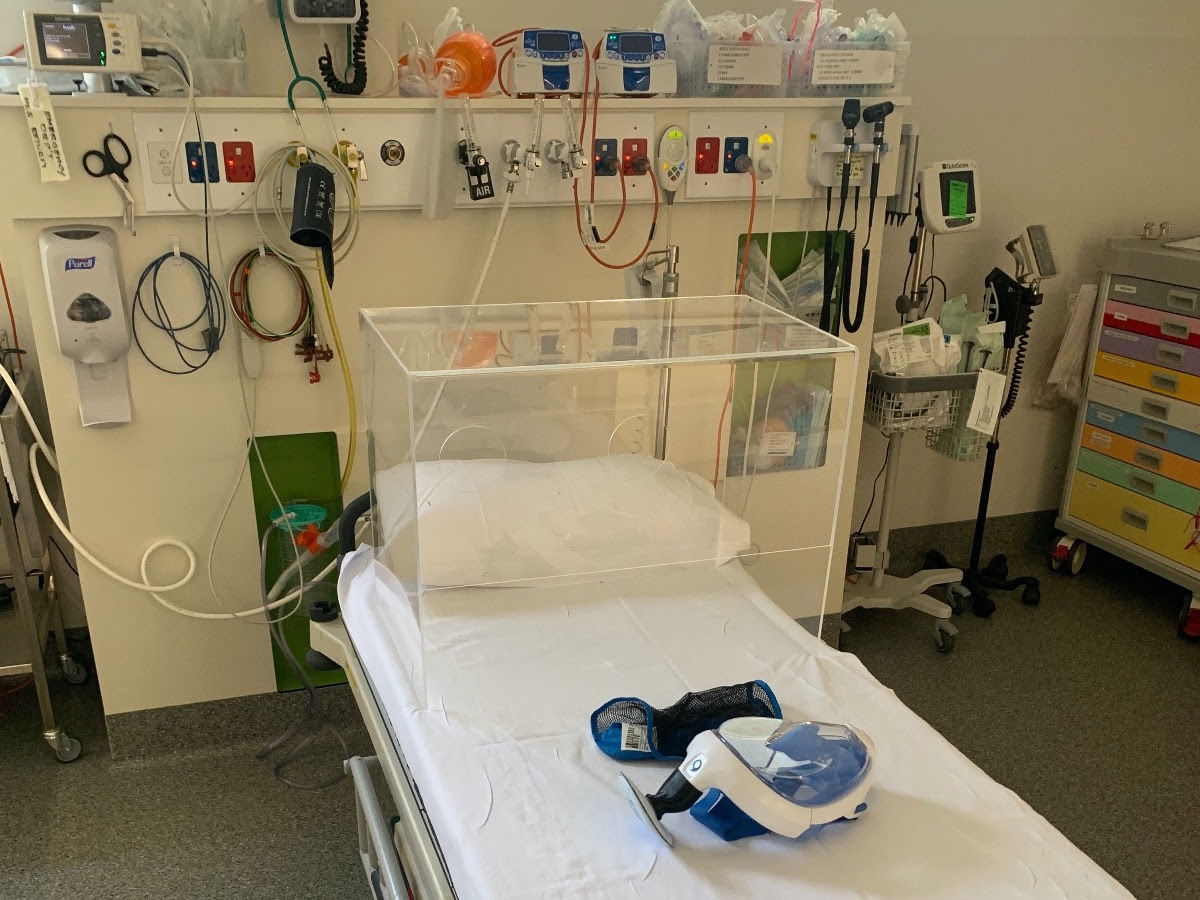

Erebus Motorsport has joined the fight against coronavirus by developing and manufacturing medical equipment for hospitals.
In a collaborative effort with Supercars Medical Delegate Dr Carl Le, the Supercars team will produce devices out of its workshop to protect health care workers.
Full face masks have been designed to protect workers from infected patients. The team has already produced nearly 300 masks.
A Perspex box has also been produced, which fits over patients chest and neck. Research and development is also underway into a CPAP (continuous positive airway pressure) adapter.
The team is preparing to distribute the devices nationally as soon as possible.
Erebus Motorsport CEO Barry Ryan said the team wanted to help where possible amid the coronavirus pandemic.
“It’s a challenging time and all Australians need to do all they can to help,” said Ryan.
“We are in a fortunate position where we have the ability to make this shift in our operations and help our health care workers and patients. One of our engineers has family isolated in Italy, so the effects of this virus have hit close to home for us.
“Mirko (De Rosa) approached me with the idea of making ventilation masks and in collaboration with Dr Carl Le, we have used our 3D printer to design and further develop ventilation masks for HCW’s that are based on underwater snorkelling masks.
“Rather than developing something complicated, these cost-effective masks with a 3D printed adaptor and easily replaceable P2 filtration, can be mass produced and go straight away to health care workers on the front line – who are at high risk.”

The aerosol box (pictured above) is a device similar to those seen elsewhere in the world, which isolates infected patients.
The transparent box has two holes on the side that allow for doctors to access infected patients whilst reducing the chance of transmission.
An additional hole allows for suction to the box. The device is already being trialled in two Melbourne hospitals.
The basic cost-effective design means up to 20 devices can be produced per day.
“One of the riskiest times for a health care worker is when a patient is particularly unwell and needs to be intubated,” said Dr Carl.
“Because these workers must be in very close proximity to the patient, this box can provide an additional physical barrier.
“Every emergency department or ICU has wall suction, so we modified the box, which can vacuum potential droplets away from the area.”
The team is also investigating a two-way communication solution for those in isolation rooms.



















Discussion about this post